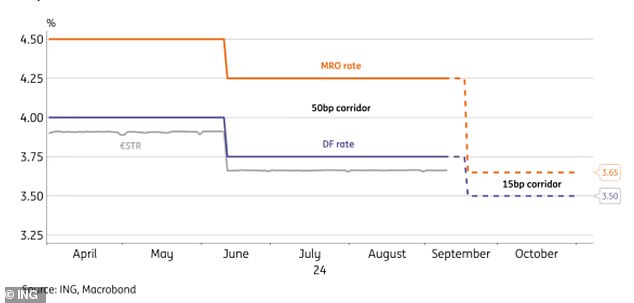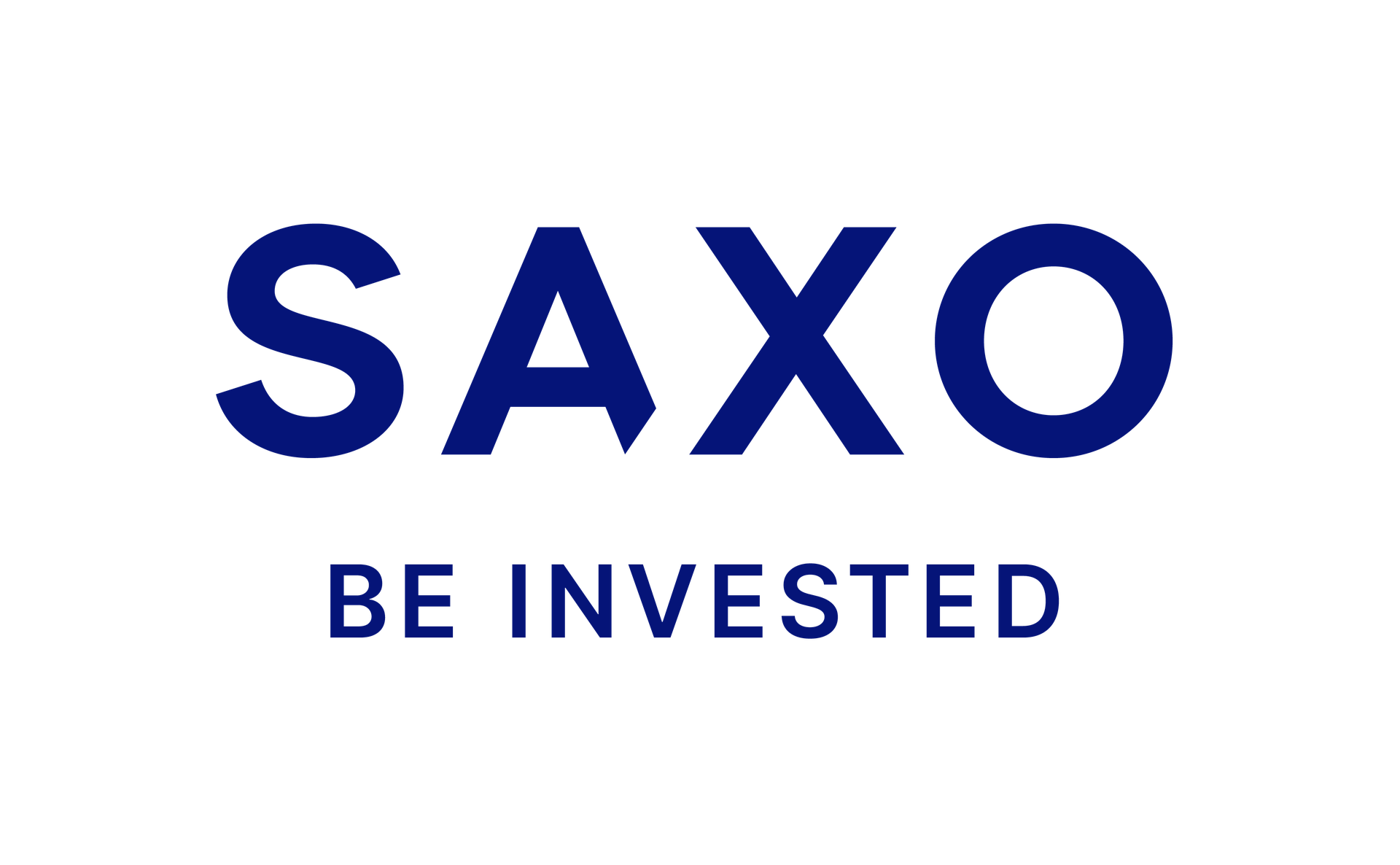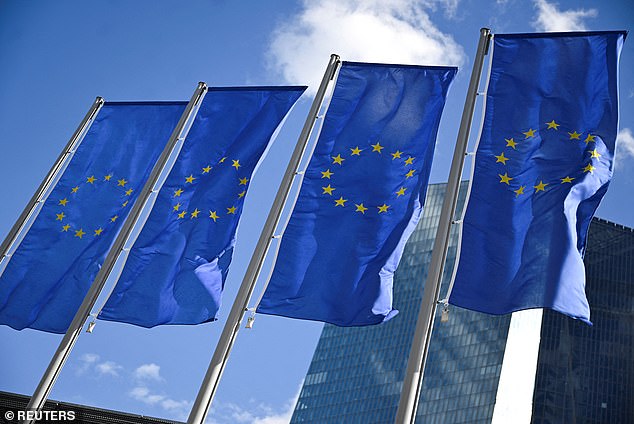Table of Contents
- Markets think ECB will cut key deposit rate to 3.25% on Thursday
The European Central Bank is expected to pull the trigger on another interest rate cut on Thursday as the eurozone economy continues to show weakness.
Markets are forecasting a 25 basis point cut in the ECB’s key deposit rate to 3.25 percent, following a cut of identical magnitude last month and marking its third reduction this year.
This is due to a continued deterioration in economic output, particularly in the crucial markets of Germany and France, weaker business and consumer confidence, and a decline in inflation.
Cuts: Markets are pricing in two more ECB interest rate cuts this year, taking them to 3%
Eurostat data shows inflation across the bloc fell to 1.8 percent in September, plunging below the ECB’s 2 percent target for the first time since June 2021, as core inflation cooled to a low. two years of 2.7 percent.
St James’s Place head of economic research Hetal Mehta said: “The ECB has apparently been cornered into a back-to-back rate cut after weak confidence data and a faster-than-expected fall in inflation.”
However, Mehta added that the ECB is unlikely to “pre-commit” to any path of monetary easing given the uncertainty of the global economic outlook.

In decline: the ECB cut its main deposit rate to 3.5% last month
Financial markets are currently pricing in a further ECB interest rate cut this year with several scheduled for 2025, with forecasts suggesting the rate will stabilize at 2 percent or lower.
Similarly, markets think the Bank of England could cut the base rate twice more this year after consumer price inflation slowed to 1.7 percent in September. However, the market believes the Bank of England’s terminal rate is likely to be closer to 3.5 percent.
ING senior rates strategist Benjamin Schroeder warned that pessimism about the eurozone’s growth prospects “may have gone too far”, meaning interest rates will not fall as much as markets are currently pricing in.
He said: ‘Yesterday’s ZEW index (an indicator of economic sentiment) saw somewhat greater improvement in the expectations component than expected and also the ECB’s bank lending survey has shown cautious improvements.
“At some point, the prospect of faster policy easing should help stabilize the longer-term outlook and limit the decline in forward rates.”
Raphael Olszyna-Marzys, international economist at J. Safra Sarasin Sustainable Asset Management, added: ‘If wages and core inflation rise unexpectedly in the coming months, the ECB could simply stop lowering rates further and keep them steady for longer.
‘Instead, it could be a political mistake not to lower rates quickly enough. If inflation were to fall faster than nominal rates, real rates would rise and unnecessarily weigh on economic activity.
DIY INVESTMENT PLATFORMS

AJ Bell

AJ Bell
Easy investing and ready-to-use portfolios

Hargreaves Lansdown

Hargreaves Lansdown
Free Fund Trading and Investment Ideas

interactive inverter

interactive inverter
Fixed fee investing from £4.99 per month

sax

sax
Get £200 back in trading fees

Trade 212

Trade 212
Free trading and no account commission
Affiliate links: If you purchase a This is Money product you may earn a commission. These offers are chosen by our editorial team as we think they are worth highlighting. This does not affect our editorial independence.


